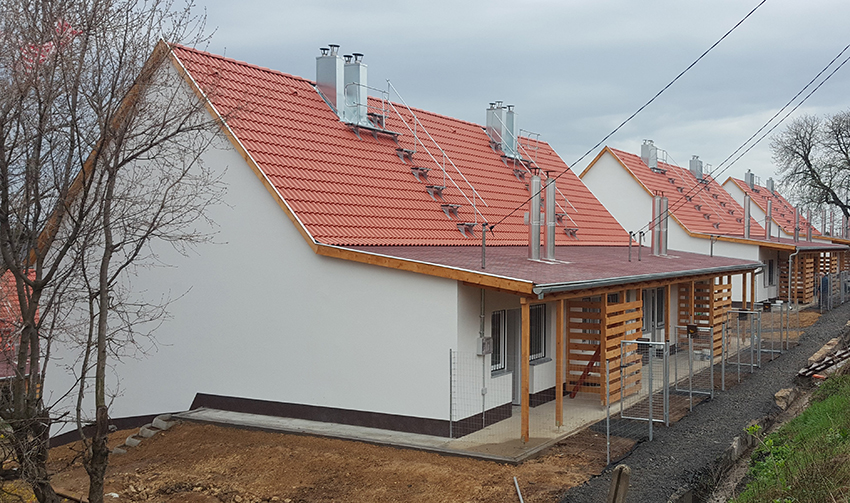The Palazzo Abatellis in Palermo, Sicily, dates back to the 15th century. Since then, it has survived being converted into a monastery, being bombed during World War II and, later, being turned into an art museum. Major renovations were required to restore this important art gallery for a new generation.
Bringing new life to historic Palazzo Abatellis in Palermo, Sicily
- 09 May 2018
The restoration works carried out in this project, including the opening of the eighteenth-century wing, were intended to provide a new exhibition room.
A masterpiece of architect Matteo Carnalivari of Noto and a splendid example of Catalan-Gothic architecture, the Palazzo Abatellis currently houses the Regional Art Gallery. The museum contains two wings, one for works from the 13th to 16th centuries and another covering works from the 16th to 18th centuries. To ensure the preservation of the paintings and the building itself, a much-needed renovation was carried out.
As a result of the renovation, the Regional Art Gallery doubled its original exhibition space and was able to present its collections chronologically. These changes had an immediate impact on attendance. Prior to the start of the renovations, in 2006, 45 396 people visited the Palazzo. In 2010, immediately after the galleries were reopened, museum attendance reached 53 151. Thanks to the visitor-friendly renovations, today visitation is up by over 16 %.
The Palazzo Abatellis through the ages
The Palazzo Abatellis was originally built in the 15th century as the residence of Francesco Abatellis, port master of the Kingdom of Sicily under King Ferdinand II. Following Abatellis’ death during the first part of the 16th century, the palace was left to Dominican nuns. After converting it into a monastery, the nuns continued to reside in the building for four centuries. It was during this time that what is now the 18th century wing was built.
During World War II, an allied bomb hit the building, destroying parts of its façade and the crenelated tower. Restoration and preservation efforts were launched immediately after the war. By 1954, the reconstructed building opened to the public as the Regional Art Gallery. The Gallery soon developed a reputation for being home to a range of masterpieces from the 13th to 18th centuries, including such world-famous Renaissance paintings as Antonello da Messina’s Annunciazione.
Expanding the museum’s reach.
With the start of the new millennium, the museum launched a new round of restorations. Between 2007 and 2009, the 18th-century monastery wing underwent a thorough restoration, which led to the opening of a brand-new painting gallery intended to accommodate the collection’s larger Mannerist canvases. A second phase occurred throughout 2008, when the original 15th century wing underwent a complete makeover. This included restoring the façades, reconstructing the plaster and installing a new lighting system. Much of the museum’s exhibition space was rearranged during this phase to create a room for displaying temporary exhibitions – a move that has proved key to attracting new and returning visitors.
One of the project’s key accomplishments was that it brought together the once separate 15th and 18th century wings. The two wings and their exhibits are now seamlessly connected via a beautifully crafted staircase and glass elevator that serve as the heart of the building and the exhibition. This connection allows the story of the Palazzo Abatellis to be told uninterrupted..
Total investment and EU funding
Total investment for the project “Restoration of Palazzo Abatellis” is EUR 4 239 068 with the EU’s European Regional Development Fund contributing EUR 1 818 779 through the “Sicily” Operational Programme for the 2007-2013 programming period.

